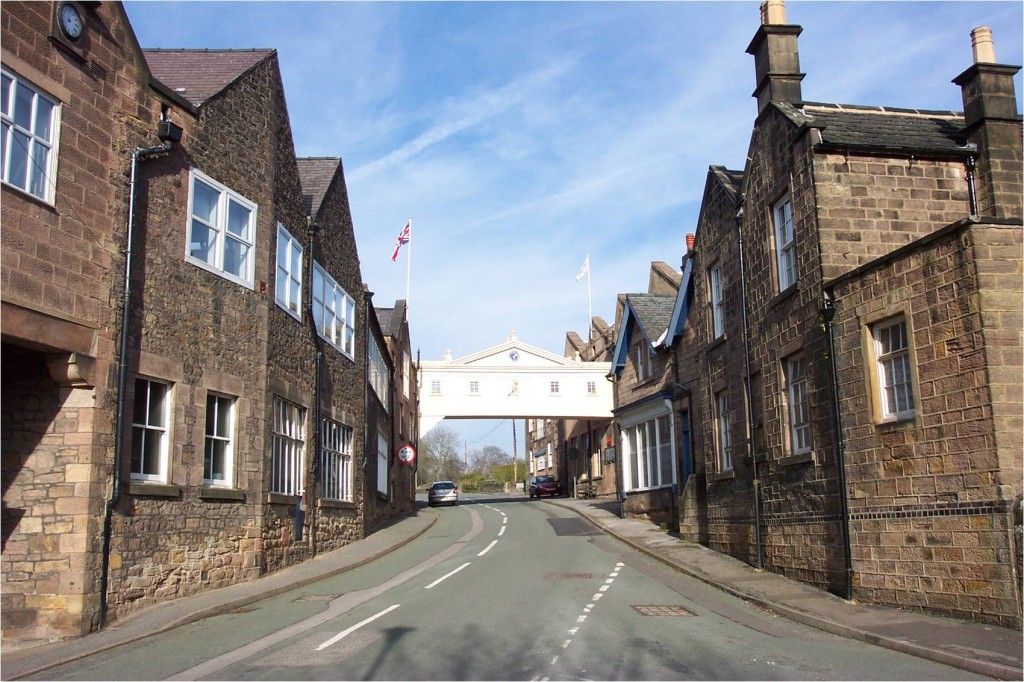Key Sites – Smedley’s Mill

Smedley’s Mill (formerly Nightingale’s Mill) at Lea Bridge
1783 – Unlisted
The 18th century cotton mill at Lea Bridge is so concealed by later buildings that it is visible now only from the air. Yet within the interstices of the Smedley factory the original mill has survived surprisingly intact. It was planned and built in 1783 by Peter Nightingale, Richard Arkwright’s financier and landlord in Cromford; and Benjamin Pearson junior, hitherto one of Richard Arkwright’s trusted employees. It was not an enterprise that Arkwright had authorised and he pursued Nightingale through the courts; but the mill continued to operate. It was built on the Lea brook, a stream which already powered a lead smelting mill and a rolling mill both in Nightingale’s possession, but which was capable of further development. During 1784 and 1785 the stream’s capacity was enhanced by the creation of two dams higher up the valley, and there was a further substantial investment in 1792 with the creation of a third dam for the cotton mill. It was as a result of this development that the existing corn mill ceased to operate and Nightingale created a new one higher up the valley on a site that is now known as Pear Tree Farm.
Much physical evidence of these developments remains. The dams and watercourses are discernible on the ground and the lead smelting site is visible in the form of slag heaps even though all the buildings have gone; so also have the mills below the cotton mill, of which the hat factory was the largest. The cotton mill itself, however, has enjoyed an extraordinary longevity.
In 1818 it was taken over by the Smedley family, who after a decade attempting to make a success of the business as a woollen spinning mill adapted it for the production of cotton and wool yarns, from which the Company’s knitters made high quality knitwear. This was the work of John Smedley (1803-1874) who, from successful experiments in the 1820s in mixing cotton and merino wool, was able to produce a range of high quality products. John Smedley was content to sell his knitwear through the great hosiery houses such as Brettles or Morleys, but after his death the firm gradually developed its own retail brand for which it is now known world-wide.
Of all the first generation Arkwright sites in the Derwent Valley only at Lea Bridge has there been continuous textile production. Smedley’s Mills remains a major source of employment in the area.

